Median Increase | Photo Tutorial
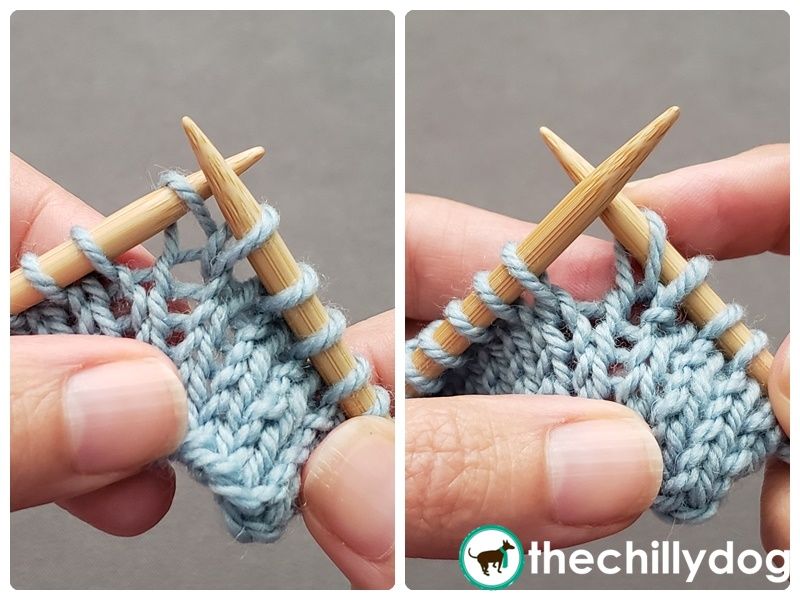
The median increase is not widely popular in knitting patterns. It's a close cousin to the lifted increase and is also sometimes known as a knit 1 below (k1b) increase because you add new stitches by knitting into a stitch that's below the ones on your knitting needles.
As you practice, think of the rows of stitches as generations. The row of new stitches being formed are the “child” stitches. The row you are working into are the “parent” stitches. The row below the parents are the “grandparents”.
Knit Inc Sampler Squares Lesson 3
Pattern: Knit Inc Sampler Squares
Yarn: Ewe Ewe Yarns Wooly Worsted shown in color 75-Sky Blue
Needles: skacel by addi Natura Bamboo US size 8 (5 mm) DPNs
Median Increase Left (MIL)
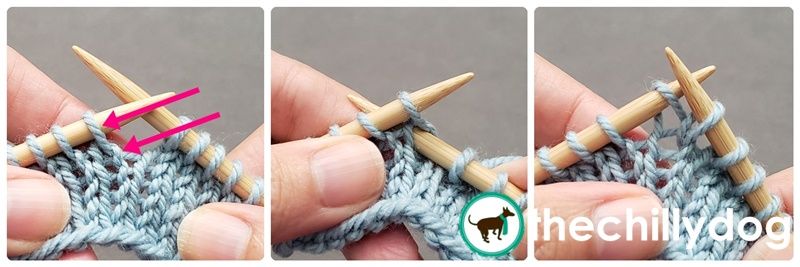
Locate the next parent and grandparent sts. Insert the right needle knitwise, from front to back, through the grandparent. Knit the stitch without dropping the parent stitch off the left needle.
Remember: When you are knitting below a stitch on your LEFT needle, the increase will slant to the LEFT.
Median Increase Right (MIR)
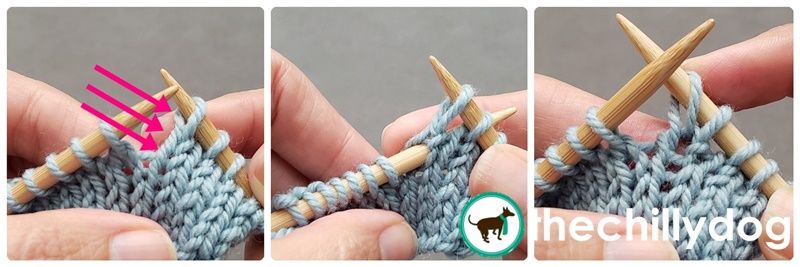
Locate the previous child, parent and grandparent sts. Insert your left needle knitwise, from front to back, through the grandparent. Knit the stitch.
Remember : When you are knitting below a stitch on your RIGHT needle, the increase will slant to the RIGHT.
Block 5
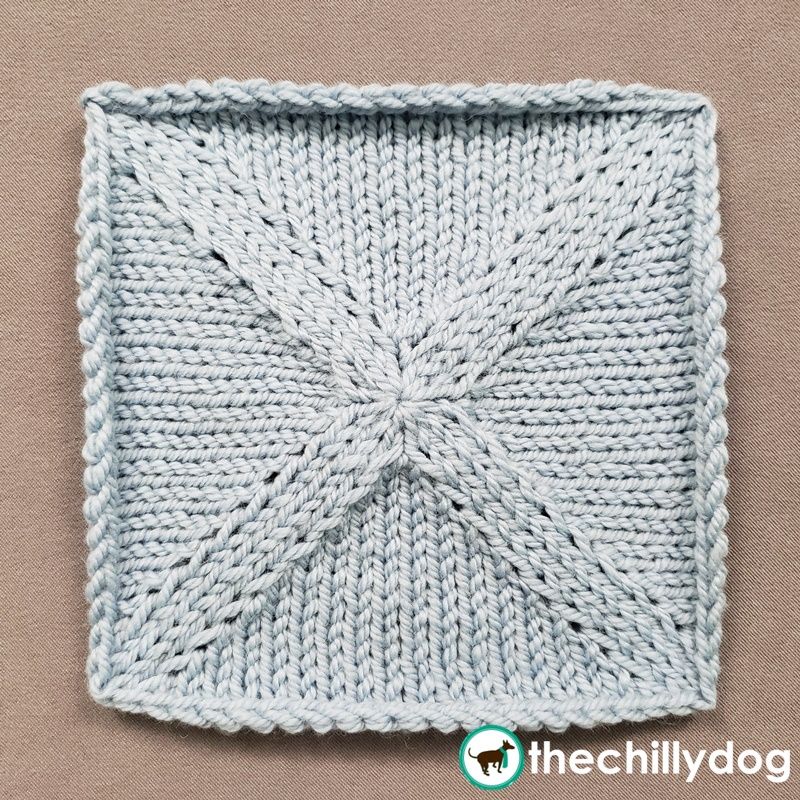
CO 12 using a Pinhole CO.
Rnd 1 and all odd Rnds: k all sts.
Rnd 2: [k1, MIL, k1, MIR, k1] 4 times.
Rnd 4: [k1, MIL, k3, MIR, k1] 4 times.
Rnd 6: [k1, MIL, k5, MIR, k1] 4 times.
Rnd 8: [k1, MIL, k7, MIR, k1] 4 times.
Rnd 10: [k1, MIL, k9, MIR, k1] 4 times.
Rnd 12: [k1, MIL, k11, MIR, k1] 4 times.
Rnd 14: [k1, MIL, k13, MIR, k1] 4 times.
Rnd 16: [k1, MIL, k15, MIR, k1] 4 times.
Rnd 18: [k1, MIL, k17, MIR, k1] 4 times.
BO.
Block 6
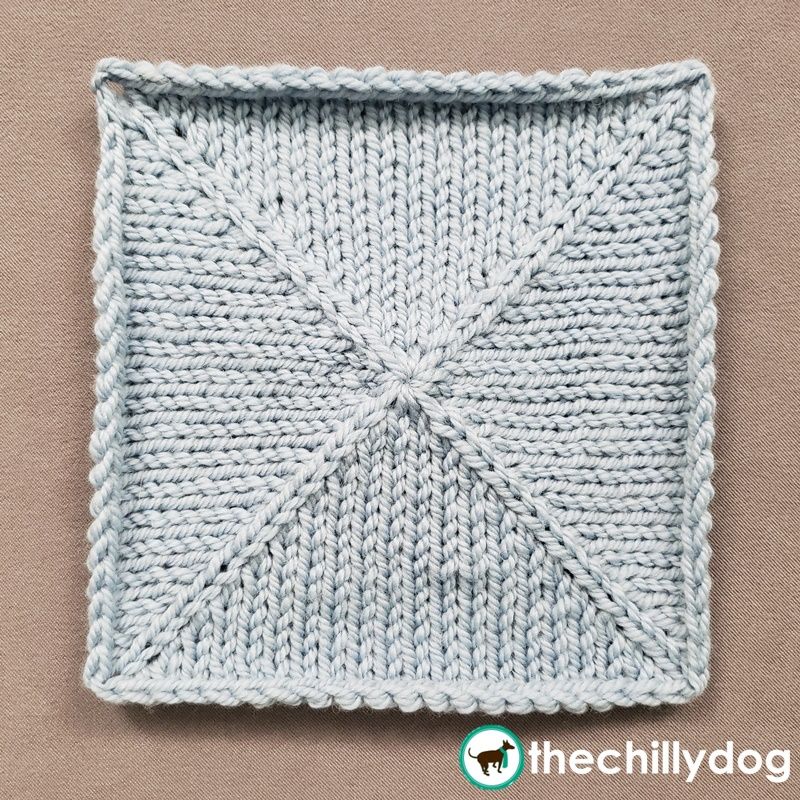
CO 12 using a Pinhole CO.
Rnd 1 and all odd Rnds: k all sts.
Rnd 2: [k1, MIR, k1, MIL, k1] 4 times.
Rnd 4: [k1, MIR, k3, MIL, k1] 4 times.
Rnd 6: [k1, MIR, k5, MIL, k1] 4 times.
Rnd 8: [k1, MIR, k7, MIL, k1] 4 times.
Rnd 10: [k1, MIR, k9, MIL, k1] 4 times.
Rnd 12: [k1, MIR, k11, MIL, k1] 4 times.
Rnd 14: [k1, MIR, k13, MIL, k1] 4 times.
Rnd 16: [k1, MIR, k15, MIL, k1] 4 times.
Rnd 18: [k1, MIR, k17, MIL, k1] 4 times.
BO.


There's more to explore in the Learning Library!
